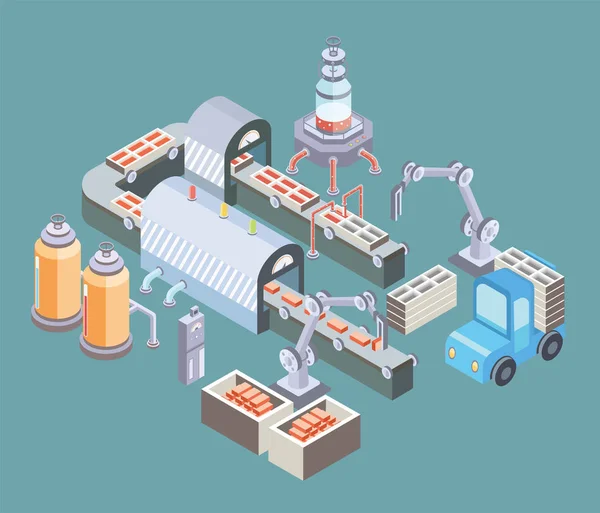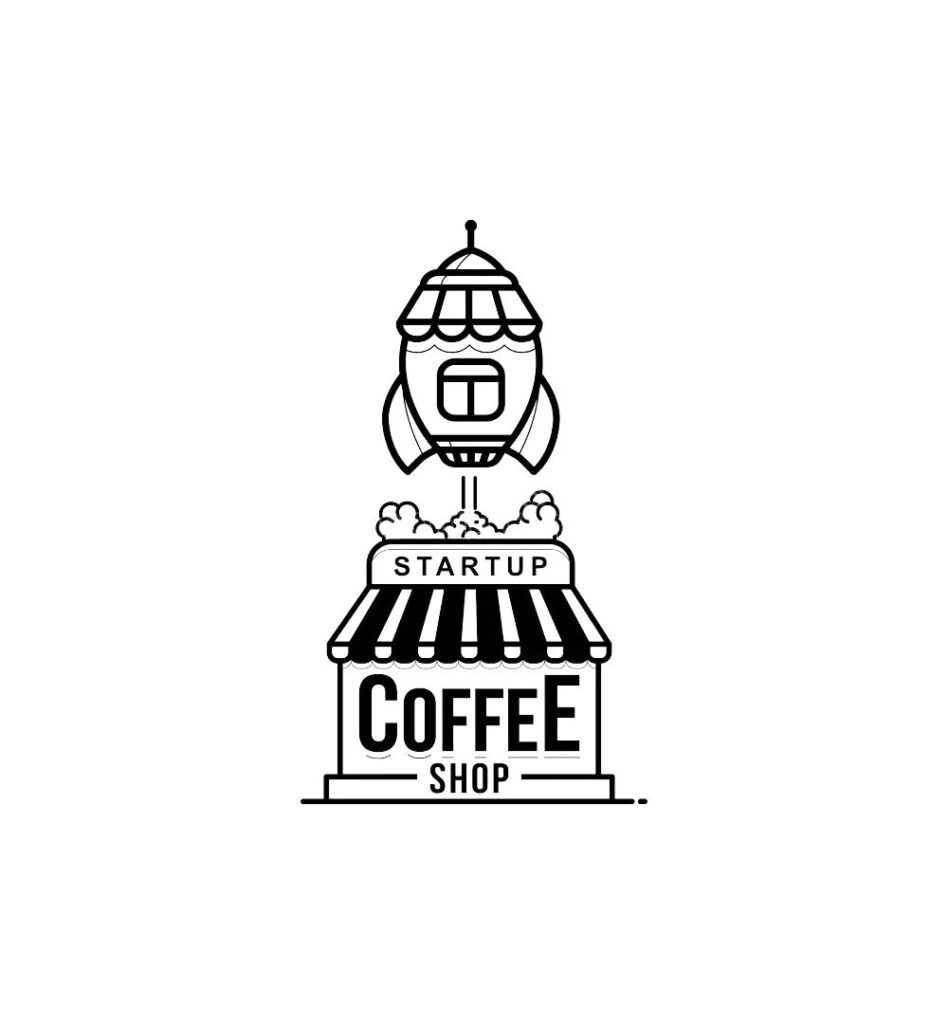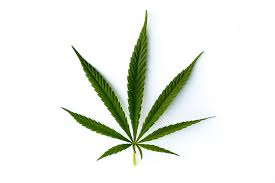Currently Empty: ₹0.00
New Product Development: Understanding the 8-Step Lifecycle of Developing Food and Beverage Product
An actionable guide to NPD in the food industry
Food product manufacturers are required to adapt to the most recent advances and there is a need to adapt and reinvigorate their product development chains. Recent advancements in the food business and growing trends such as plant-based foods, meat alternatives, cultured meat and many other requirements are forcing them to do so. The consumer demand and consumers, need to see something new on the shelf is what puts the food businesses on their feet for innovation. Hence new food product development is an essential step for bringing the most cutting-edge products and technology to the market. In this article, we outline the steps for developing a new product.
What is a product development life cycle?
The product development life cycle illustrates how the novel concepts can be commercialized. It takes the product developers step-by-step through the process of product creation from concept to commercialization with the goal of minimizing risk and maximizing the likelihood of gaining traction. Below listed are the several phases involved in a product development process. The development cycle of the food product can be broken down broadly into eight phases as follows :

- Idea Generation
The first step in the product development process is idea generation. Ideas can be generated from any source, like Brainstorming, Market gap, and consumer demand. Ideas can be generated from an individual or collective effort.
Internal sources: The existing business can generate a new concept during brainstorming sessions with peers or anyone in the system or sometimes through research & development.
External sources: The new concepts can also come from sources outside of oneself such as competitors, suppliers, and distributors. Customers are the most significant external sources, nevertheless, the new development process should be centred on adding value for the client.
New product development is not always about coming up with a fresh flavour when designing a new product. It might have nothing to do with inventing anything ‘new’ at all. Discover what is already effective (perhaps with the use of an idea testing survey), and then improve it in terms of sustainability, brand, or other factors.

2. Idea Evaluation and Screening
Idea screening is the next stage in NPD. At this stage, one screens the ideas that we have gathered during idea generation to select the best one. Then they filter the idea and proceed with the idea that would turn into successful products and reject the defective concepts because product development costs might rise significantly as development moves forward.

3. Market Research
At this stage, one reaches out to the potential market to get to know about consumer preferences as well as product acceptability to ascertain a product-market fit. This is done using market research.
There are many different types of market research you could conduct from the time you get a concept through the point when you start selling.
• Primary research is a technique for collecting first-hand data through questionnaires administered in different interaction modes.
• Secondary research examines what was discovered in the original study by assessing the data acquired in the primary survey.
While performing market research one should not miss to research on competition and their product mix and of course understand the target audience by doing consumer research and measuring how the product is going to build one’s brand. By doing market research one analyzes indicators pointing out towards the product’s success. Accordingly, companies can choose to proceed with formulation or review the product.

4. Formulaization
This is the recipe development stage. This is a vital step when rules and compliance come into play including – choosing the ingredients, sourcing the raw material suppliers, performing a nutritional analysis of formulation, standardizing the recipe and finally setting a gold standard for the product.
Challenges and checks at this stage:
- Ingredient cost & sourcing of the ingredients.
- Shelf life of the product
- Scaling up of the formulation

5. Product specification
The development of product specifications is a challenging procedure. A complete description of a new product is included in the process together with the features of the product such as its shapes and styles, properties like flavour, texture, and nutritional value, as well as its packaging, shelf life, raw ingredients, supplier, and target market. Pricing strategy: Cost of the product is estimated based on competitor pricing, target market, brand value & also based on the benefits of the product.

6. Production process development
A new product can simply be a line extension or can be distinct from the current line. As a result, the procedure must be designed in such a way that the new product can be worked within the existing set-up or with a minor alteration in the product line. If the product is entirely new to the existing range of products, then changes must be made to the factory’s equipment and layout taking into consideration raw materials, tasks, equipment, processing, quality management, packaging, labelling and storage. If the customer doesn’t have their own set up then a third-party manufacturer with all the facility for producing the particular product need to be identified.

7. Development of prototype & testing
To understand large-scale processes, prototype development is required. Thereby, one will secure an understanding of the management of production and storage while scaling up the process.
Testing of Prototype- A new product is put through testing to determine if it adheres to food safety regulations. Commercialisation (full-scale manufacture and production) occurs after testing of the prototype.
Quality Checks– check for the effectiveness of the quality control guidelines and hygiene requirements.
Sensory Analysis– Sensory analysis examines the properties (texture, flavour, taste, appearance, smell, etc.) of a product or food through the senses (sight, smell, taste, touch and hearing) of the panellists. While developing a new product it’s important to perform sensory analysis to understand the acceptance of the product. To learn more about various consumer expectations for new products, focus groups could be organised. The success or failure of new product developments will also be strongly influenced by accurately measuring these aspects and emotions.
Testing of the Packaging Material-Testing of packaging material is to be conducted to evaluate how well the packaging material holds the product. Testing of packaging materials has to be done to see how well it handle storage and durability and how it interacts with other factors.

8. Launch & commercialization
Once the product is developed successfully, the last stage is to launch the product into market. The product’s launch into the market is the final phase. In this stage, we have to carry out the marketing and branding of the new product. The launched product must however be examined to see if sufficient sales and profits are being made.
Conclusion:
Product development is an intricate exercise. Taking an idea to transform into a product needs to go through the entire product development cycle and finally evolve into a stable product with consumer acceptability. Just having a recipe doesn’t enable you to go ahead and launch the product, a complete market survey is required to see the future of the product and whether it’s scalable. Apart from a market study, a study needs to be conducted to understand the product characteristics, its shelf-life stability & consumer acceptance of the product. The time required for the development of a product can vary depending on the complexity of the product.
How Can we help you?
With our team of Food Technologists, Food Safety Works provides an end-to-end solution for the development of a product – starting from ideation to launch. As a small to medium-scale enterprise, you may not have the infrastructure, multi-disciplinary expertise, or the infrastructure to do it in-house. This is where we come in! We offer a range of services to our clients, including developing new recipes and productizing the ones they might already have to take them to the market. Our in-house lab helps us have a better turnaround for testing the products for their hygiene and safety. Our expertise in regulatory and nutrition will ensure that you don’t have to go through a rework once the product is ready.







